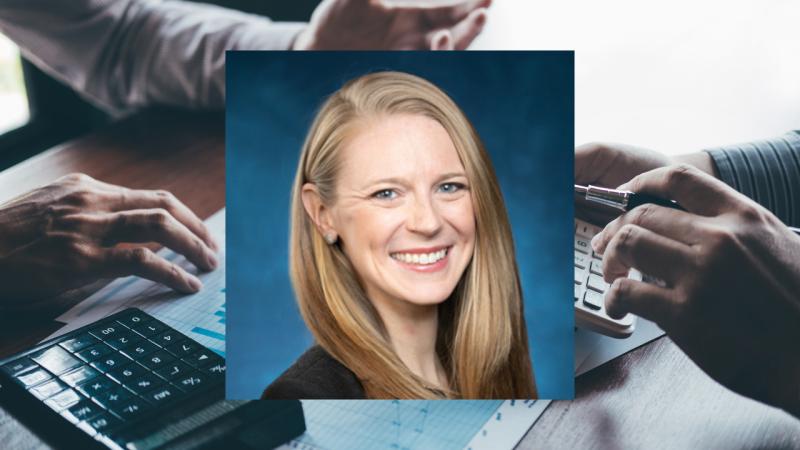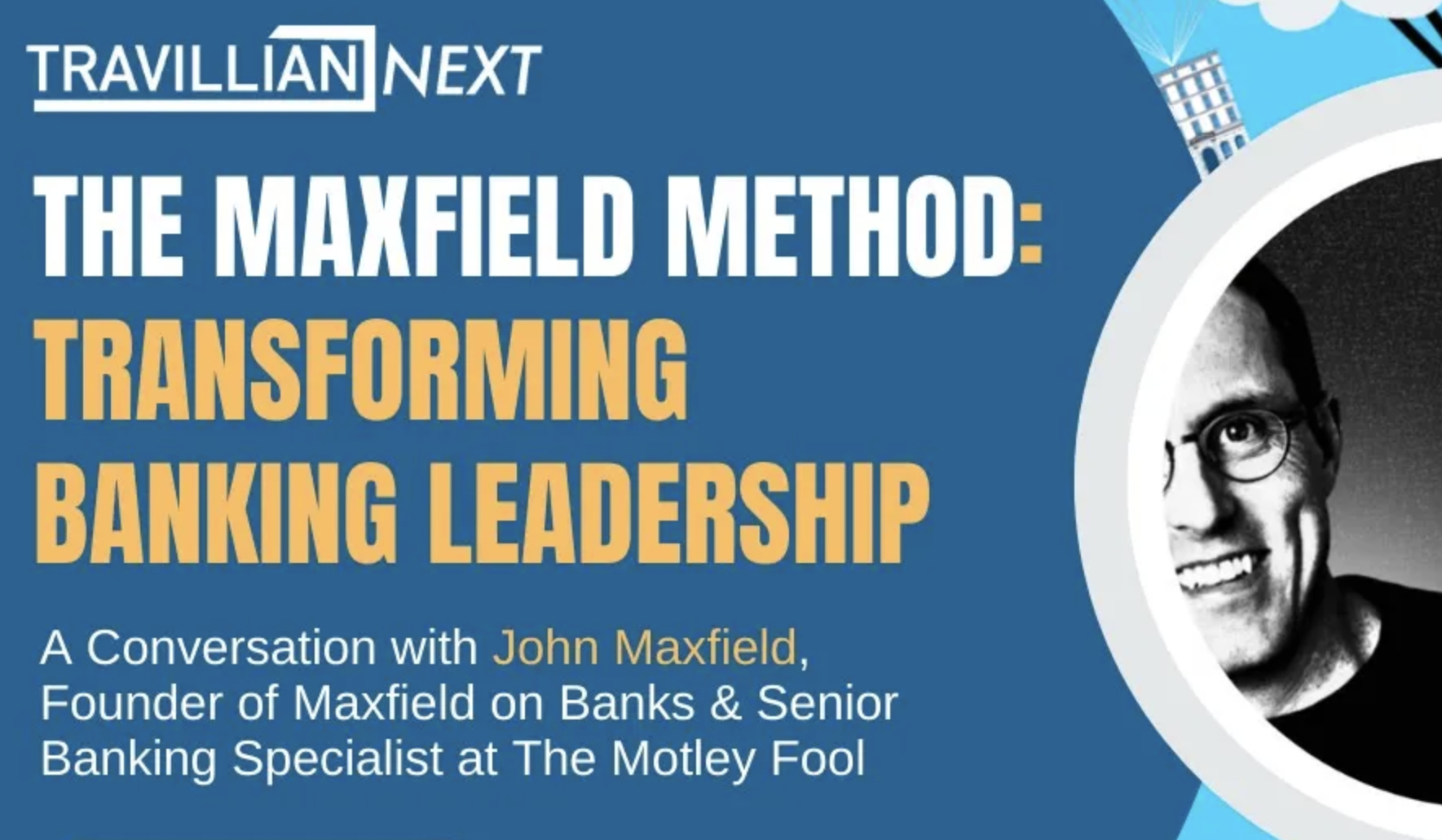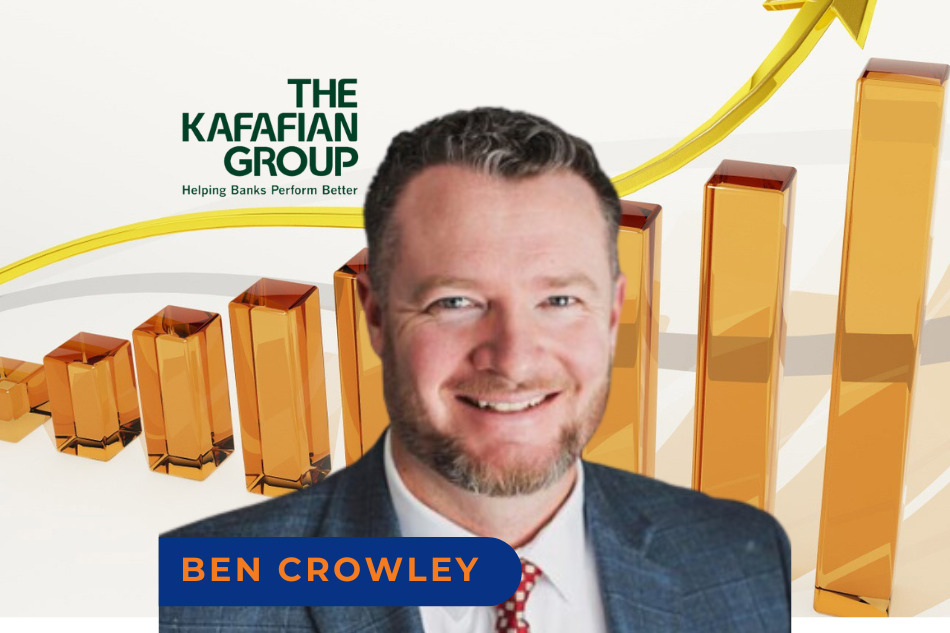Catherine Mealor, Managing Director and one of their senior research analysts covering the regional banking sector at Keefe, Bruyette & Woods (KBW), shares her thoughts on the current state of small and mid-cap banks, offering a deep dive into rate cuts, earnings growth, and the evolving investor sentiment. With the Federal Reserve’s unexpected 50-basis-point rate cut in September, Mealor highlights what this shift means for the banking sector and investors, providing a glimpse into the road ahead for 2024 and beyond.
Mealor made her industry observations in an interview with Michael Perito, Principal, Head of Bank Strategy at Travillian.
How the Fed’s Rate Cuts Affect Banks and Investors
In September, the Federal Reserve unexpectedly cut interest rates by 50 basis points (or 0.5 percent). Mealor explains that this was a surprise because people knew a rate cut was coming but didn’t expect it to be this much.
“If you think about this whole year, it has been about when the Fed was going to start cutting rates,” she explains. “The big surprise came in the September meeting when we officially transitioned into an easing cycle with a 50-basis-point cut. There was debate leading up to it, but 50 was a bit of a surprise.”
Understanding the Impact of Fed Rate Cuts
Why do rate cuts matter? Banks make money by charging interest on loans, and when rates are lower, they earn less from loans. However, it can also mean lower costs for people who borrow money. Banks that handle changes in interest rates well, especially “liability-sensitive” banks (those that manage how much money they owe and how they borrow), might do better in this environment. Still, Mealor says that while some investors are looking at these banks, many are cautious due to expected ups and downs in the economy.
“Investors definitely want exposure to liability-sensitive banks now, but I would say we haven’t fully moved there yet. There’s still hesitancy because of the volatility we expect in the coming years.”
Why KBW is Cautiously Optimistic About the Banking Sector
Mealor shared that KBW is taking a “neutral” stance on small and mid-sized banks, meaning they’re not very optimistic or pessimistic. They predict that earnings-per-share (EPS) — a measure of how much profit a company makes for each share of its stock — will grow by 8 percent in 2025 and 12 percent in 2026. This growth is important because it shows how well a bank might perform in the future.
“We’re still neutral,” she says. “We forecast eight-percent earnings-per-share (EPS) growth in 2025 and another 12 percent in 2026 after two years of declines. We think credit is still benign, and mortgage performance should rebound, so overall, it looks positive for banks.”
Why is KBW cautious? Mealor points out that while 2025 and 2026 could be good years, there are still questions about credit (how well banks handle loans), and uncertainties about loans and deposits. Even though things look positive, they’re not quite ready to bet heavily on these banks yet.
“We haven’t fully felt the credit cycle yet. Loan and deposit growth uncertainties still loom, and while 2025 and 2026 look promising, we are not quite ready to move to an overweight position on the group.”
Earnings and Future Outlook
When banks report their earnings for the third quarter, Mealor expects the numbers to be okay, but the bigger focus will be on what they say about the future — specifically the last quarter of this year and 2025.
“Generally, we’re expecting an okay third quarter,” she said, “but the real focus will be on guidance for Q4 and 2025. A lot of banks are bracing for soft guidance, particularly due to growth concerns and the impact of lower rates.”
Two important metrics here are net interest income (NII) and net interest margin (NIM). NII measures the difference between what a bank earns from its loans and what it pays on deposits. NIM is the percentage difference between what a bank earns on loans and what it pays on its deposits, divided by its total assets. These numbers might look better now, but Mealor expects them to dip before they rise again in 2025, which means that banks may need time to adjust to the lower rates.
“We’ll see NII and NIM inflect higher this quarter, but then they’ll fall in the fourth quarter until deposit betas catch up to lower loan pricing. By 2025, we should see another inflection, but it will take some time.”
Growth and Deposit Costs: The Biggest Challenges for Banks
Looking ahead, Mealor sees growth as a big risk to bank earnings in 2025. Even though things might improve, she’s worried that it could take a while before banks see real growth. If growth is slow, banks might not earn as much as expected.
“We’ve called 2024 a transitional year, and while 2025 looks better, I worry that it could become another transitional year where growth doesn’t really pick up until the second half,” she admits. “Growth is the biggest risk to our 2025 estimates.”
Another risk is deposit costs. Banks pay interest to customers who keep money in savings accounts, and how quickly banks can lower these payments is tricky. Mealor says they’re being cautious because predicting deposit costs is difficult, especially when rates change. If deposit costs don’t go down as quickly as loan rates, banks could struggle to maintain their profits.
“The deposit beta during the tightening cycle averaged 55 percent. We’re modeling a 40 percent beta on the way down through 2025 and slightly higher in 2026. That seems conservative, but we were really wrong in 2023. There’s always some uncertainty with how quickly banks can lower deposit costs.”
Top Banks Poised for Growth and Outperformance
Even with all the caution, Mealor points out a few banks that stand out as good investments. One is TowneBank, which is doing well because it can keep earning more on its loans even as interest rates drop. TowneBank also has a chance to lower its deposit costs, which could help increase its profit margins. Plus, the bank’s earnings should get a boost from a recent acquisition (a purchase of another company), and its mortgage loans (loans for buying homes) are expected to perform better in the future.
“One of the stocks we upgraded in our recent report was TowneBank,” she says. “They have a low cumulative loan beta, meaning their loan yields should continue rising even as rates fall. There’s also room for their deposit costs to come down, so we see some nice margin expansion opportunities.”
Mealor also mentioned South State, and Pinnacle as banks that have consistently grown, even in tough economic times. These banks have shown that they can do well, no matter what’s happening with interest rates.
“South State and Pinnacle are two other banks that have shown their ability to grow consistently, regardless of interest rate environments. They’ve outperformed in both cycles, and that’s something we really like to see.”
The Challenges to Future Bank Profitability
Mealor believes that banks will see better profits and higher stock values over the next few years. However, she warns that there will be some challenges. Banks will likely face higher costs, including more expenses to run their operations and increased regulations that can make it harder or more expensive to do business. Because of these factors, even though banks may improve their earnings, they won’t reach the same high profit levels they once did.
Why ROTCE Matters to Investors
A key metric Mealor mentions is return on tangible common equity (ROTCE). This measures how much profit a bank is making from the money that shareholders have invested, but it focuses specifically on the “tangible” part of the bank’s assets (things like buildings or cash) rather than “intangible” items like patents or goodwill. Higher ROTCE means that a bank is doing a better job of using the actual money it has to generate profit, which is important for investors because it shows how efficiently the bank is operating.
Mealor explains, “I think we’ll see better tangible book value growth and improved returns on tangible equity over the next few years, which should help with price-to-book value ratios. But in a higher-expense, higher-regulation environment, it’s hard to see us getting back to the historical price-to-earnings (PE) multiples we saw before.”
In other words, banks are expected to improve their tangible assets and make better use of their equity to earn profits. However, because of rising costs and more regulations, it will be harder for them to reach the same levels of profitability as they did in the past.
Strategic Investing in a Volatile Market
As banks prepare to navigate the volatility of the next few quarters, Mealor’s analysis suggests a cautious but optimistic outlook for the years to come. Investors, she advises, should focus on strategic stock picking and be prepared for a few twists and turns along the way.
Mealor’s full discussion on 3rd Quarter Bank Earnings is available as an interview at TravillianNEXT.



















